Search Images
Browse Content (p. 237)

Image
Château de la Brède
Château de la Brède, near Bordeaux, France. The castle was famously the home of the French philosopher Montesquieu (1689-1757), who was Baron de la Brède from 1696.
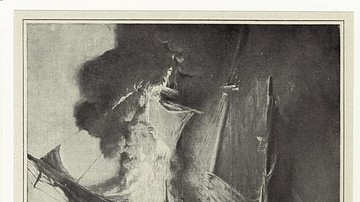
Image
Gaspee Affair
The Burning of the "Gaspee", engraving by Howard Pyle, depicting Rhode Island colonists rowing away after burning the HMS Gaspee in the early hours of 10 June 1772, published in Harper's magazine, c. 1901-1908.
New York Public Library.
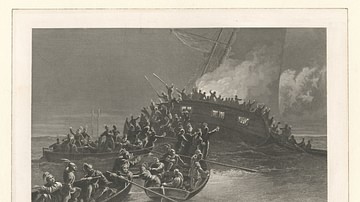
Image
Burning of HMS Gaspee
Destruction of the schooner Gaspé in the waters of Rhode Island 1772, engraving by John McNevin, depicting the Gaspee Affair, during which the Royal Navy schooner HMS Gaspee was burned by American colonists on 10 June 1772, printed in New...
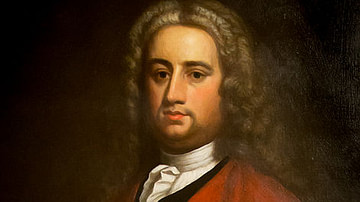
Image
Governor Joseph Wanton of Rhode Island Colony
Portrait of Joseph Wanton Sr. (1705-1780) colonial governor of Rhode Island during the American Revolution. By an unknown artist, currently in Providence Rhode Island.
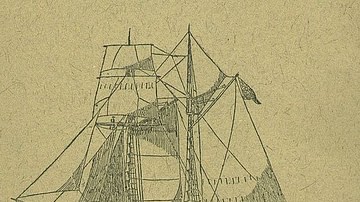
Image
HMS Gaspee
HMS Gaspee, a Royal Navy schooner that was seized and burned by American colonists on 10 June 1772, in the leadup to the American Revolutionary War (1775-1783), a 19th-century sketch by S. G. Studley, 1892.
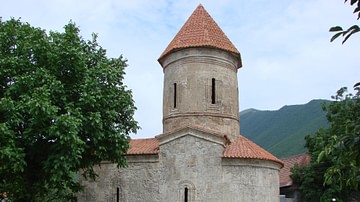
Image
Church of Kish
The Church of Kish, also known as the Church of Saint Elishe in Kiş, Shaki, Azerbaijan.
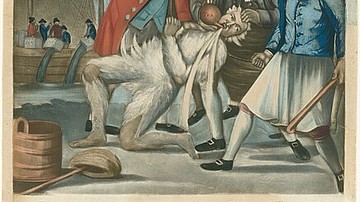
Image
The Bostonians Paying the Excise-Man, or Tarring and Feathering
The Bostonians Paying the Excise-Man, or Tarring and Feathering, political cartoon attributed to Philip Dawe, depicting several Bostonian Sons of Liberty forcing tea down the throat of a British tax collector, who has already been tarred...

Image
Echinacea Flower
Echinacea Flower of the type used by Native Americans in medicinal remedies.

Image
White Tailed Deer
North American white-tailed deer.
Photo by Scott Bauer, Agricultural Research Service, U.S. Department of Agriculture.

Image
North American Black Bear
North American Black Bear.
Calcite Springs Overlook, Yellowstone National Park, 2011.